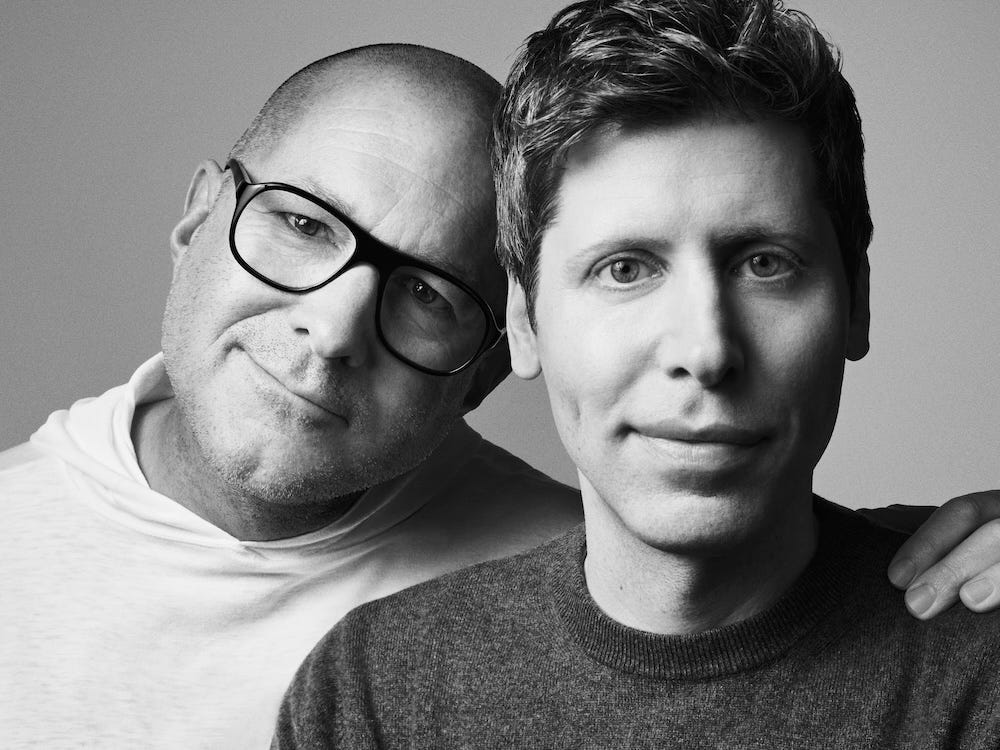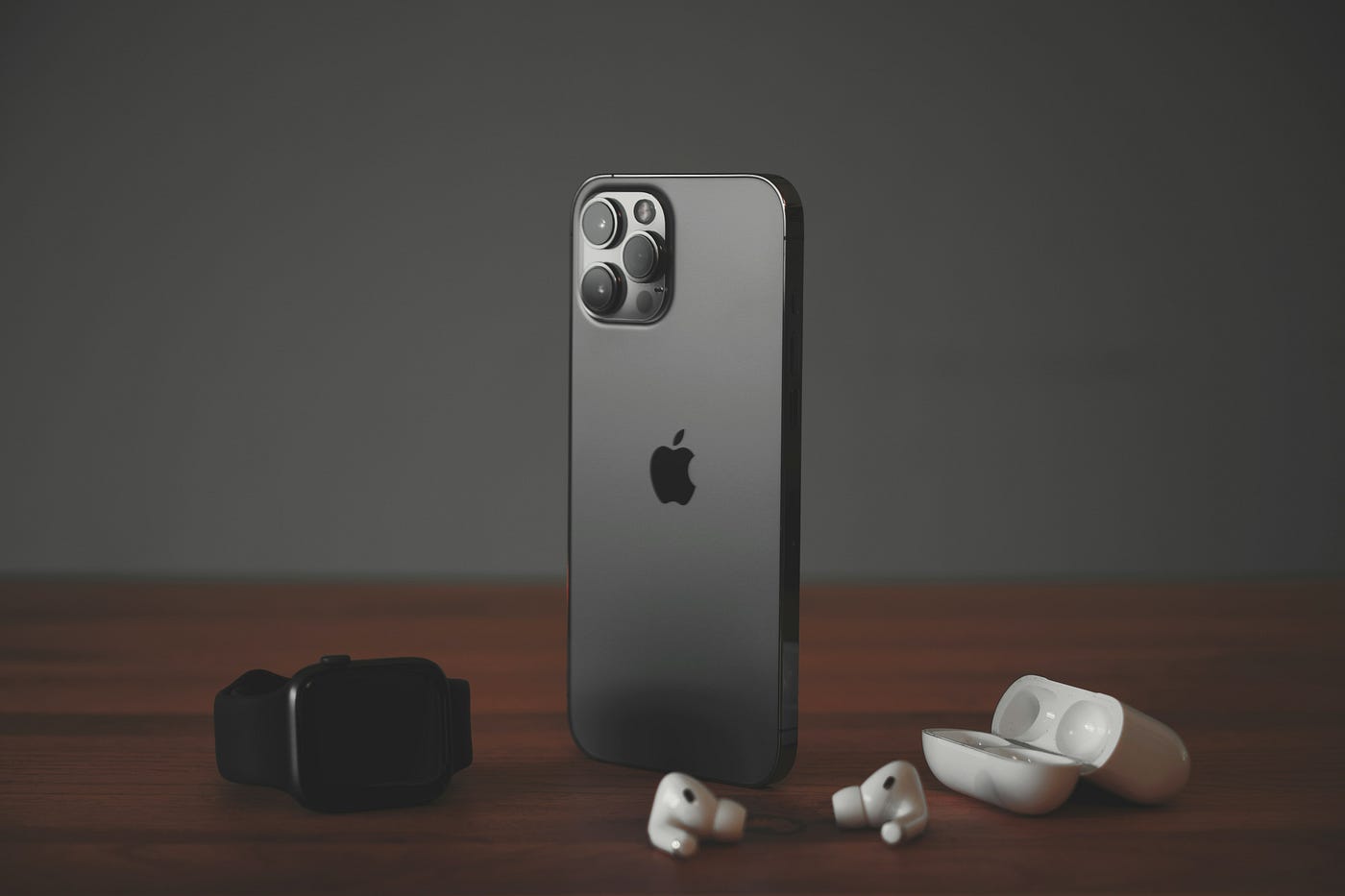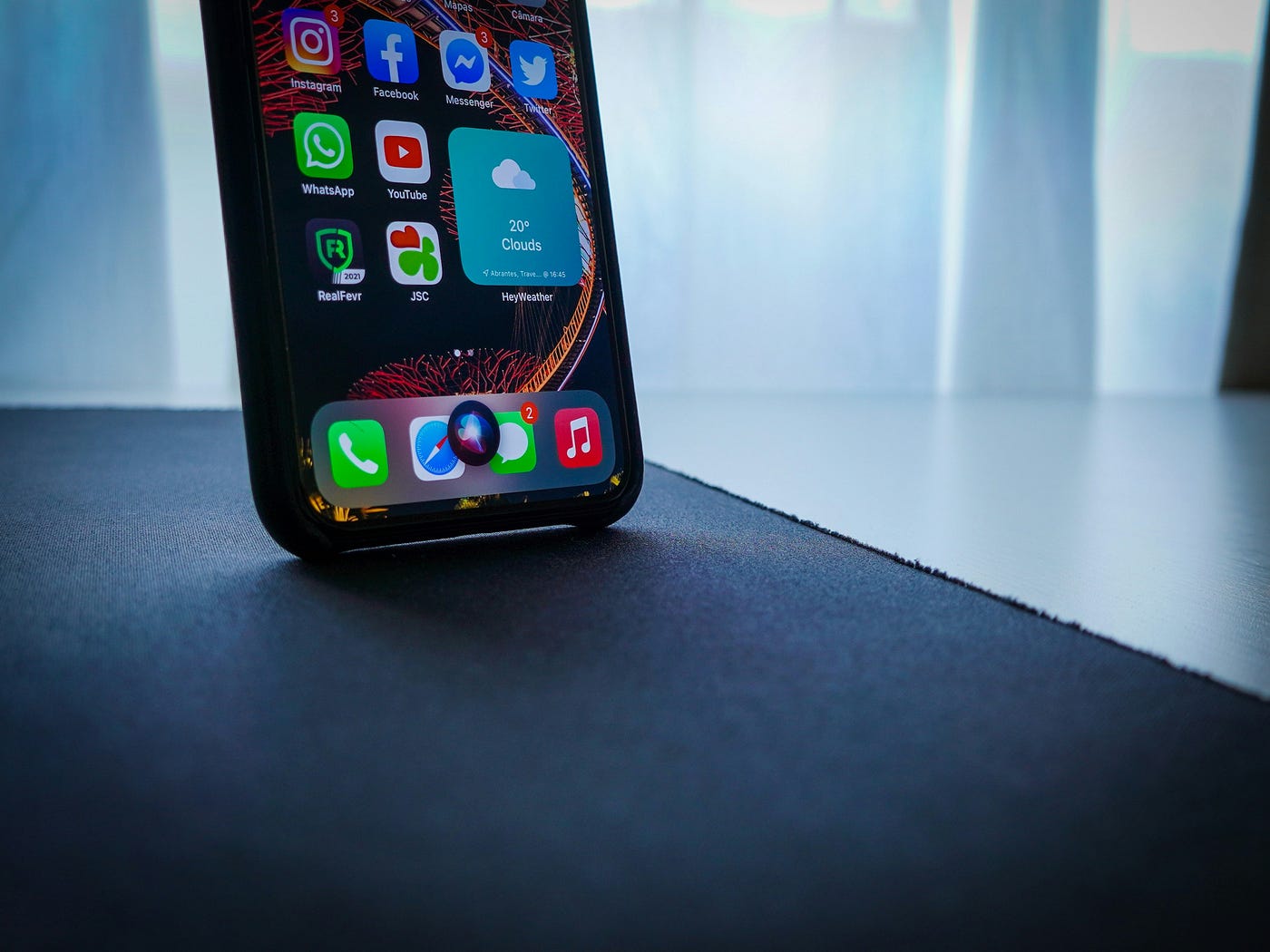Why OpenAI just made the smartest move in tech history
The $6.5 Billion question?

Spoiler alert: It’s not just about pretty gadgets.
Picture this:
You wake up tomorrow and your coffee maker knows exactly how you slept, your mirror shows personalised health insights, and your home assistant doesn’t just answer questions — it anticipates your needs before you even ask.
This isn’t science fiction.
OpenAI just acquired Johnny Ive’s design startup “io” for $6.5 billion, and they’re about to make this your reality.
But here’s what most people are missing: This isn’t just another tech acquisition.
It’s the moment AI becomes invisible — and that changes everything.

The iPhone moment for AI Is here
Remember when smartphones were clunky devices only tech nerds used?
Then Apple launched the iPhone, and suddenly your grandmother was video-calling from her garden.
That’s exactly what’s happening with AI right now.
Sam Altman called Ive “the greatest designer in the world” and wants to “create a new generation of AI-powered computers.” Translation?
They’re not building better chatbots — they’re building the future of human-computer interaction.
Think about it: Johnny Ive didn’t just design products at Apple. He designed experiences.
The satisfying click of the original iPod wheel.
The intuitive swipe of the iPhone screen.
The magnetic snap of the MacBook charging port. Every interaction felt natural, almost magical.
Now imagine that same design philosophy applied to AI devices that understand context, emotion, and intent.

Why this changes everything (Even if you’re not a tech person)
Here’s a simple example that’ll blow your mind:
Today: You ask Siri to set a timer while cooking, but your hands are covered in flour.
You struggle to clean them, unlock your phone, and repeat your request three times because it didn’t understand you over the kitchen noise.
Tomorrow with OpenAI + Ive: You simply say “timer” while cooking.
The AI sees your flour-covered hands through ambient cameras, hears the sizzling pan, understands you’re cooking something that typically takes 8 minutes, and sets the timer automatically.
No phone. No frustration. Just natural interaction.
That’s the difference between AI that works FOR you versus AI that works WITH you.

The Three-Layer Revolution Nobody’s Talking About
This acquisition isn’t just about hardware — it’s about reimagining three fundamental layers:
Layer 1: Physical Design (What You See)
Ive’s genius isn’t making things pretty — it’s making complex technology feel simple. Remember how the iPhone had one button? That wasn’t minimalism for aesthetics.
It was intentional simplification of complex interactions.
Layer 2: Interaction Design (How You Use It)
This is where most AI companies fail. They build powerful technology, then slap a chat interface on it and call it done.
Ive understands that the best technology disappears into the background of your life.
Layer 3: Emotional Design (How It Makes You Feel)
Here’s the secret sauce: People don’t buy technology — they buy better versions of themselves. The iPhone didn’t just make calls; it made you feel connected, creative, and capable.
OpenAI’s new devices won’t just run AI; they’ll make you feel more intelligent, productive, and in control.

The Ripple Effect that will touch every industry
Healthcare: Imagine diagnostic devices as elegant as Apple Watches but powered by OpenAI’s medical knowledge.
Your doctor gets instant, accurate insights while you barely notice you’re being monitored.
Education: Learning tools that adapt to each student’s style, designed so intuitively that a five-year-old can use them without instruction.
Work: AI assistants embedded in beautifully designed tools that anticipate your needs, turning every professional into a productivity superhuman.
Home: Smart homes that actually feel smart, not like you’re living inside a computer program.

What this means for you (Right Now)
You might think, “This sounds cool, but how does it affect me today?”
Here’s the thing: The companies that survive the next decade will be those that understand this shift is already happening.
If you’re an entrepreneur: Start thinking about how AI + elegant design could transform your industry. The gold rush isn’t in building AI — it’s in making AI feel human.
If you’re an investor: Pay attention to companies focusing on AI user experience, not just AI capabilities. The technical barriers are falling; the design barriers are just beginning.
If you’re a professional: The future belongs to people who can bridge human needs with AI capabilities. Start learning how to work WITH AI, not just use AI tools.
If you’re simply curious: Get ready for a world where technology becomes truly personal. Your devices won’t just respond to commands — they’ll understand your context, preferences, and goals.
The Uncomfortable truth about what’s coming
Here’s what makes this acquisition both exciting and slightly terrifying: OpenAI is developing “devices tailored for the generative artificial intelligence era.”
This isn’t about improving existing products — it’s about creating entirely new categories of interaction.
We’re moving from the age of “device addiction” to “ambient intelligence.” Your relationship with technology is about to become more intimate than ever before.
The question isn’t whether this will happen — it’s whether we’ll design this future thoughtfully or stumble into it blindly.
That’s why this $6.5 billion bet matters so much. It’s not just OpenAI buying a design company.
It’s humanity’s best shot at ensuring AI integration feels natural, helpful, and human-centered rather than invasive, overwhelming, and dehumanising.

The Bottom Line
This marks OpenAI’s largest acquisition ever, and it signals something profound: The age of AI as a separate tool is ending.
The age of AI as an invisible partner is beginning.
Johnny Ive once said, “The goal isn’t to make technology invisible — it’s to make it feel inevitable.”
That’s exactly what’s about to happen with artificial intelligence.
The companies, professionals, and individuals who understand this shift — and prepare for it — will thrive in ways we can barely imagine.
Those who don’t will find themselves using yesterday’s tools to solve tomorrow’s problems.
The future of AI isn’t about teaching machines to think like humans. It’s about designing experiences so intuitive that humans and machines think together seamlessly.
And with $6.5 billion behind this vision, that future just became inevitable.
What do you think? Are you ready for AI that feels as natural as breathing, or does the idea of ambient intelligence make you nervous? The conversation is just beginning, but the future is already being designed.


